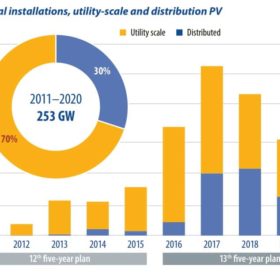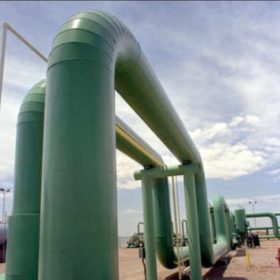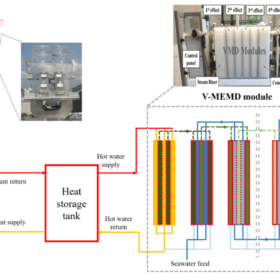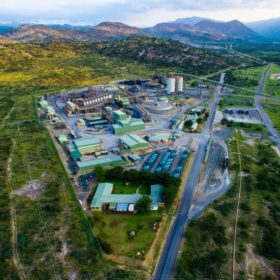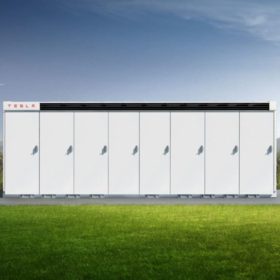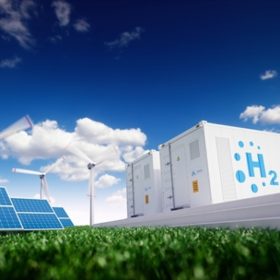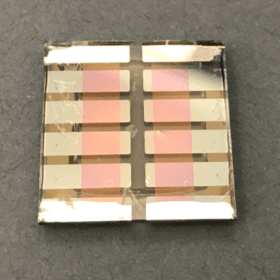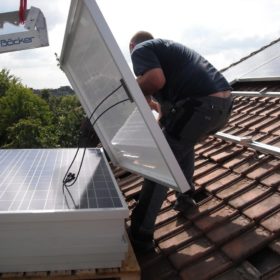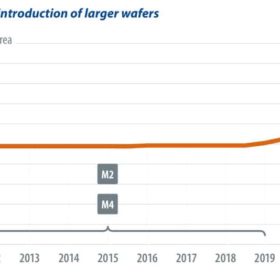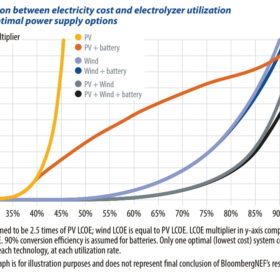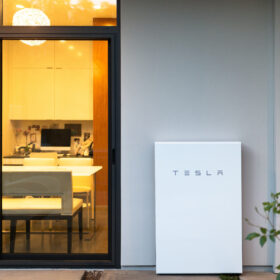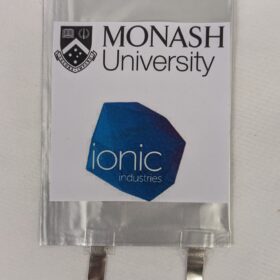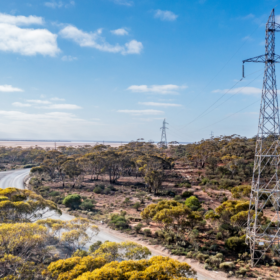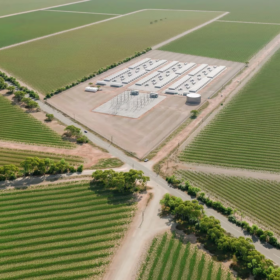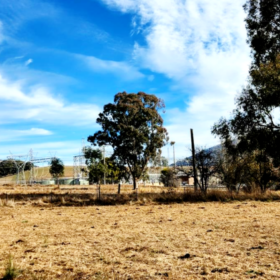Saturday read: China reaches a tipping point in 2021
This year will be a key period in the development of China’s solar PV market. It is the first year of the 14th five-year plan, the first calendar year after President Xi Jinping announced the 2030-60 carbon emissions commitment, and the first year for utility and commercial unsubsidised projects. IHS Markit expects the solar industry in China to reach another milestone with more than 60 GW of installations this year, advancing the ground for the energy transition and the displacement of traditional energy sources to fullfill the goal of a net carbon future over the next four decades to come.
‘Hydrogen as a universal climate solution might be a bit of false promise’
Hydrogen and hydrogen-based fuels will not be able to move forward fast enough to replace fossil fuels and tackle climate change, according to a German-Swiss research team that claims direct electrification alternatives are cheaper and easier to implement. The scientists cite too-high prices, short-term scarcity and long-term uncertainty, as the main reasons for their skepticism, which has caused a stir in academic circles.
Rooftop CPV-thermal tech to produce electricity and freshwater
It’s claimed the decentralised desalination system can deliver a levelised cost for desalinated water of US$0.7-4.3/m3, depending on PV costs and electricity prices. It was built with several concentrated photovoltaic/thermal (CPV-T) collectors, a hot water tank, a V-MEMD module, a seawater feed tank, and a distillate tank.
Green hydrogen supply chain concerns
With South Africa holding 63,000 of the world’s estimated 69,000 metric tons of platinum reserves – according to the Statista.com website – and Russia and Zimbabwe a further 5,100 between them, the European Commission has cited the metal as an example of a potential supply chain bottleneck that could handicap its grand plans for renewables-powered hydrogen production.
Tesla shifts battery chemistry for utility-scale Megapack energy storage system
The famous electric car manufacturer is reportedly shifting to cobalt-free lithium iron phosphate (LFP) batteries for its utility-scale battery.
Australian hydrogen expert launches advisory firm to accelerate hydrogen economy
The University of New South Wales’s Kondo-Francois Aguey-Zinsou, who heads the Hydrogen Energy Research Centre, has launched H2Potential, a hydrogen advisory firm that seeks to incubate and accelerate some of the world’s most promising hydrogen companies as well as advising prominent companies and industry how to join the hydrogen revolution.
Organic solar for high-speed data detection and indoor light harvesting
Researchers in the United Kingdom have built a 14%-efficient organic PV device that can be used in high-speed optical wireless communication systems. The cell consists of a 4×2.5mm photoactive layer fabricated with a bulk heterojunction of a polymer donor and fullerene and non-fullerene acceptors.
Solar 101: How to evaluate solar contractors for rooftop projects
A well-designed rooftop solar system should last 20 or 30 years, or longer. This guide for choosing the right contractor should help ease your concerns.
Sunday read: Too big to handle
There has been a flurry of activity within the PV cell manufacturer landscape over the past 12 to 18 months, and it’s largely been in one direction: bigger. But as large-format modules arrive on the market, questions are being raised as to how long the trend can continue and when bigger becomes, quite simply, too big.
Saturday read: Age of green hydrogen causes co-location rethink
The regions where the desert meets the sea have long been thought the most desolate and unproductive areas of the world, fruitful solely for those clever cultures who call them home. However, in the 21st century, that fiscal notion is turning on its head, and turning as rapidly as a wind turbine in a tornado, making harsh regions like Western Australia a verified paradise.
